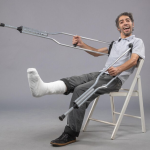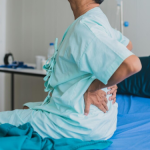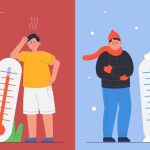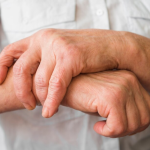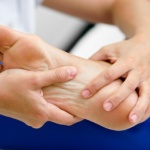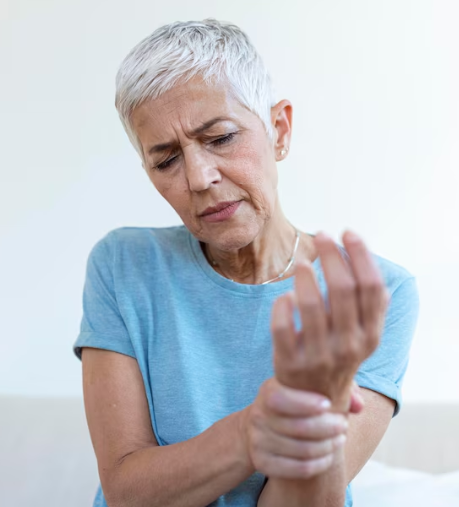 |
What is a scaphoid fracture? A scaphoid fracture is one of the most common types of wrist fractures, particularly among young adults and athletes. The scaphoid bone is one of the eight small bones in the wrist, located in the middle of the joint closer to the thumb side. Functionally, it helps to connect the forearm bones (radius and ulna) to the hand bones (metacarpals). A fracture of the scaphoid typically occurs when an individual falls onto an outstretched hand (commonly shortened to FOOSH), causing the wrist to bend backward in an awkward position. The impact can break the bone,…
Read More

